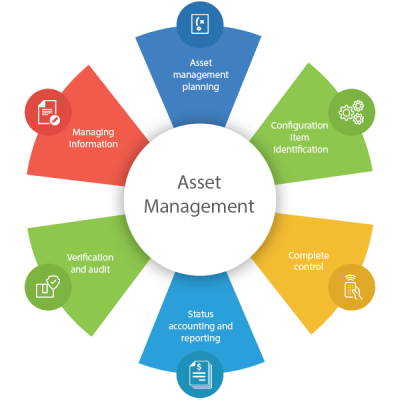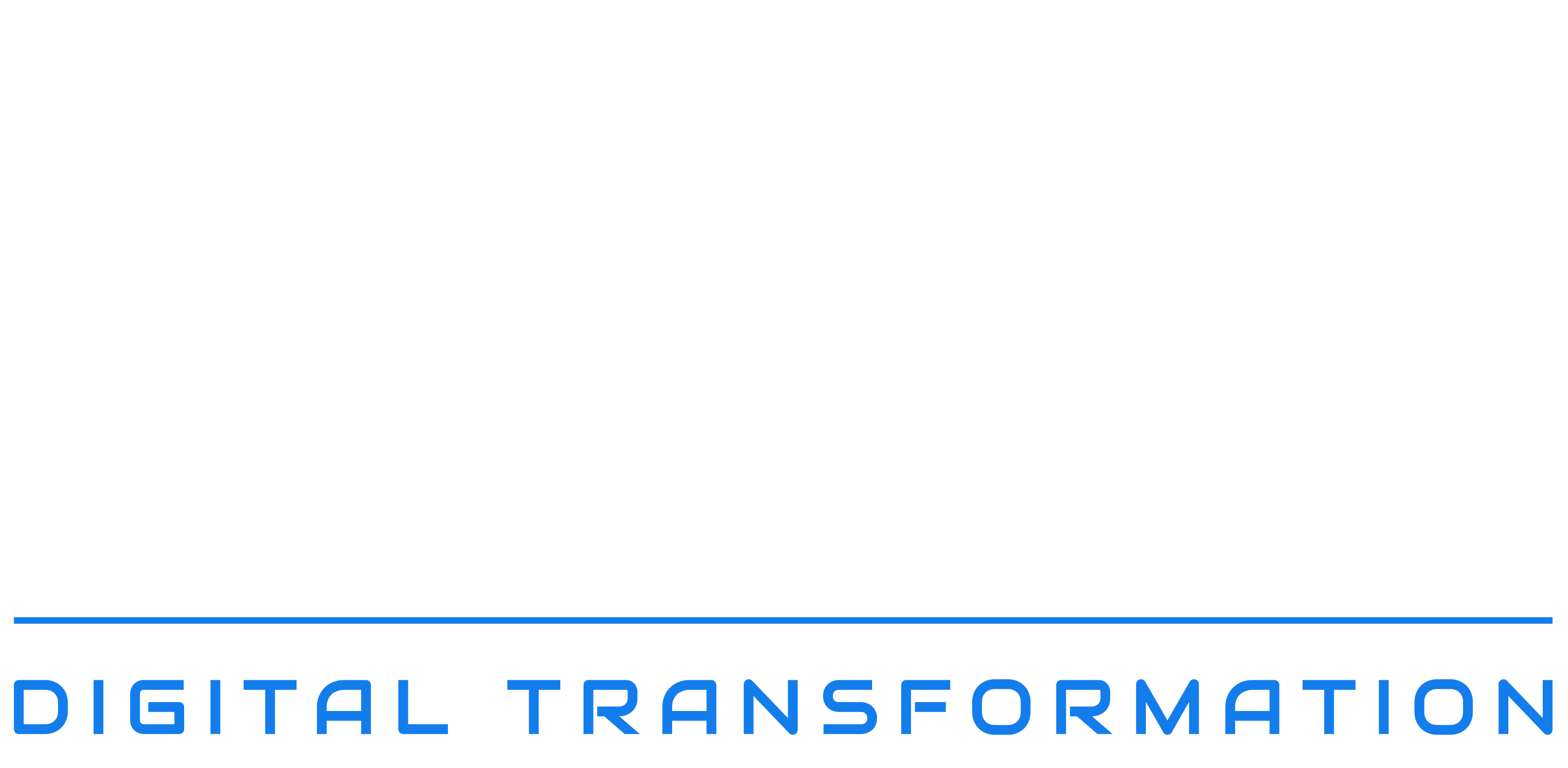What Is Asset Management Software?
Asset Management Software is a computerised system used by organisations to improve the management and tracking of assets. It allows asset managers to build a detailed asset register. Helping to store all asset data in one place. Reducing the need for error-prone spreadsheets.
Asset Management Software can be coupled with various asset tagging tools. Including Barcodes and RFID tags trackers. Also known as asset tags. As well as monitors for machinery and equipment. Helping to improve location tracking and real-time data analysis.
An asset management system lets businesses store data on multiple types of assets. Especially those that are essential to day-to-day operations and generating revenue. An effective solution provides various benefits, including:
- Increasing asset visibility with real-time tracking
- Creating accurate asset registers
- Optimising the useful life of mission-critical assets
- Reducing costs associated with purchasing and maintenance
- Ensuring health, safety, and compliance

Why Managing Fixed Assets Is Important
As well as being some of the most important purchases that a business will make in a financial year, fixed assets are also the most expensive. So, in order to maximise investment value and ensure the best return on investment (ROI), it’s important that each asset is managed effectively.
Fixed assets are the backbone of a business’s operational output. Meaning, without proper management, production can slow and revenue can drop. Other factors that organisations experience without the use of a proper asset management tool include:
- Poor inventory management
- Health and safety violations
- Failure to meet compliance standards
- Assets being lost or stolen
- Production-critical equipment failures leading to unplanned downtime
- High maintenance and repair costs
For businesses that rely heavily on their assets, particularly large organisations and enterprises tracking inventories across multiple sites, a fixed asset management solution is essential. As well as maximising value for money

